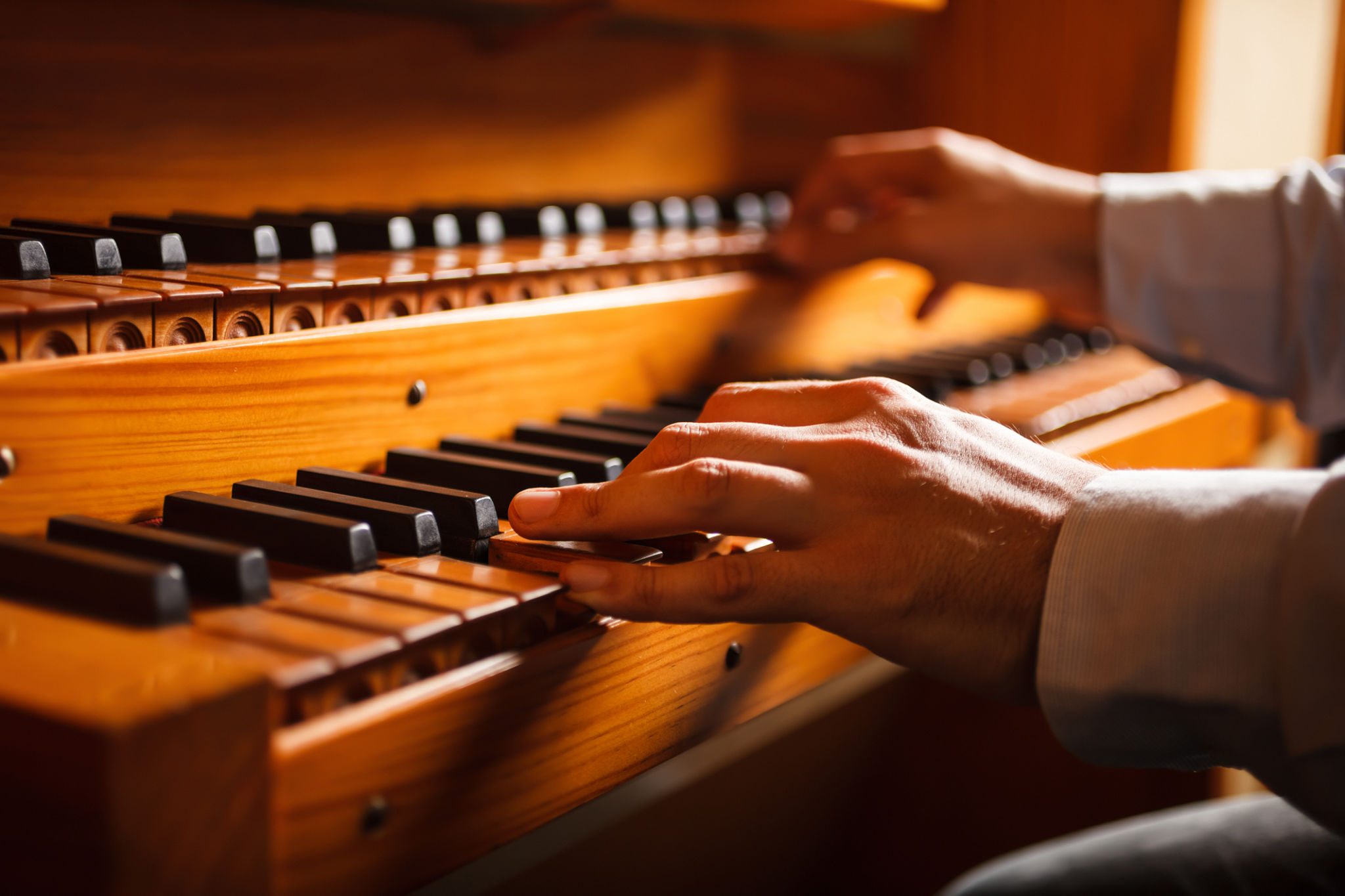A Beginner's Guide to Understanding Pipe Organ Music
Introduction to Pipe Organ Music
Pipe organ music has long been an integral part of musical traditions across the globe. Known for its majestic sound and historical significance, the pipe organ offers a unique listening experience that can both inspire and captivate. Whether you're attending a church service or a concert hall performance, understanding the basics of pipe organ music can enhance your appreciation of this powerful instrument.

The Anatomy of a Pipe Organ
The pipe organ is an intricate instrument consisting of multiple components that work together to produce its rich sound. At its core, the organ has pipes that vary in size and material, each contributing to the diversity of tones. The keyboard, pedals, and stops provide the organist with control over the sound, allowing for a wide range of musical expression.
Pipes and Their Function
Pipes are the heart of the organ, and their construction significantly impacts the sound produced. They can be made of wood or metal and come in different shapes and sizes, determining pitch, volume, and timbre. Each pipe emits a single note, and the organ's vast array of pipes allows for complex harmonies and melodies.

The Role of the Organist
The organist is responsible for bringing the pipe organ to life. Mastering this instrument requires not only technical skill but also an understanding of music theory and acoustics. The organist uses both hands and feet to play the keyboard and pedalboard, coordinating stops to modify the sound as needed.
Techniques and Skills
Playing the pipe organ involves a unique set of skills. Organists must develop excellent hand-eye coordination, as well as the ability to read complex sheet music. Additionally, they need to understand how different stops affect the sound and be able to adjust them on the fly to suit the music being performed.

The History of Pipe Organ Music
The pipe organ has a rich history dating back to ancient Greece, where it was initially used for entertainment. Over the centuries, it evolved and became a staple in religious settings, particularly in Christian churches. The Renaissance and Baroque periods saw significant advancements in organ construction and music composition, with composers like Johann Sebastian Bach creating some of the most renowned works for the instrument.
Modern-Day Relevance
Despite its ancient origins, the pipe organ remains relevant today. It is used in various musical genres, from classical to contemporary, and continues to be a popular feature in concert halls and churches. Modern technology has also enhanced the organ, allowing for digital simulations and new ways to experience its sound.
- Historical significance in religious ceremonies
- Influence on modern classical music
- Use in contemporary compositions
Conclusion
Understanding pipe organ music opens up a world of auditory experiences that are both historical and modern. By familiarizing yourself with its components, techniques, and history, you can appreciate this majestic instrument's role in shaping musical landscapes. Whether you're a musician or a music lover, exploring pipe organ music can be a rewarding journey.
